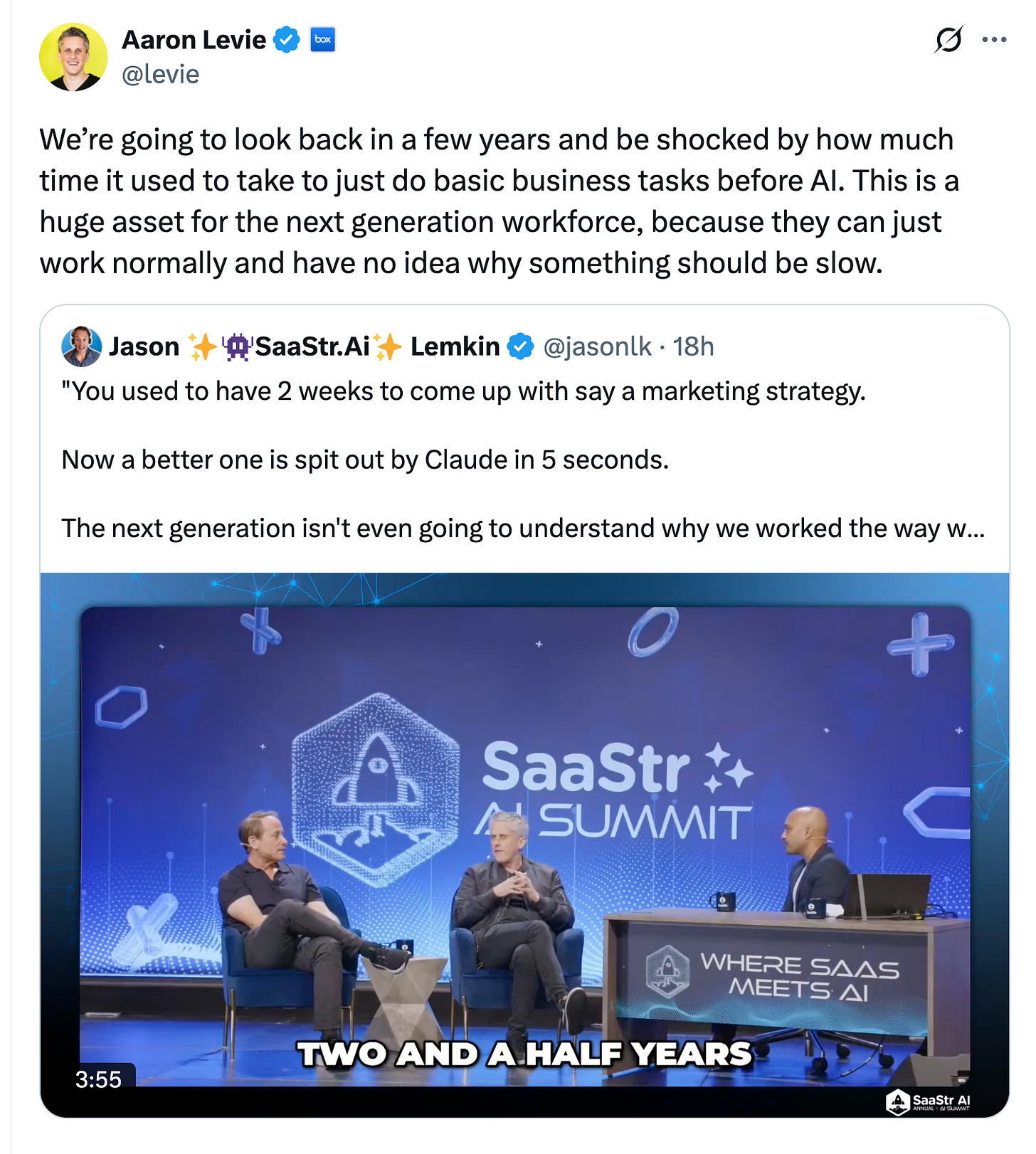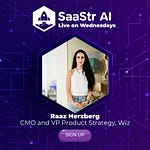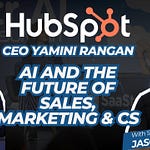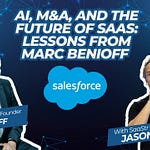We’ll do deep dives on all the SaaStr + AI Summit 2025 speakers soon! We wanted to kick it off with some of the key insights with Box CEO Aaron Levie and IBM VP AI Raj Datta:
The Numbers Don’t Lie – ChatGPT Hit 500M Users in Just ~2 Years
Let’s start with the cold, hard metrics that SaaS leaders seem to underestimate: AI adoption is happening at an unprecedented velocity.
As Aaron Levie, CEO of Box, points out, ChatGPT alone amassed approximately 500 million active users in just over two years. No technology in history has scaled this rapidly – not even close.
Why? For the first time, we have billions of people already connected to the internet, creating a ready-made distribution platform. This isn’t just marginally faster than cloud adoption – it’s an entirely different magnitude.
Your New Workforce Is Wired Completely Differently
Per Levie, college graduates entering your workforce operate fundamentally differently than previous generations. They’re:
Drastically more efficient
Skipping time-intensive processes that were once standard
Questioning why organizations spend weeks on tasks AI can do in seconds
As Levie observed while visiting a college class: “These kids don’t work like us. They’re much more efficient.” While there might be tradeoffs in deep knowledge retention, their AI-enhanced productivity is undeniable.
When these graduates join your enterprise and see teams spending two weeks creating a marketing plan that Claude can generate in seconds, they’ll fundamentally question your operating model. Levie notes they’ll wonder: “Why would you spend time reinventing the wheel of a marketing plan? Literally, it’s in the model.” This generational shift will accelerate transformation far beyond what we saw with cloud adoption.
Enterprise AI Adoption Is Moving 5-10X Faster Than Cloud
The contrast with cloud adoption is striking, according to Levie:
Cloud in 2008-2009: “Try pitching the cloud to a bank. That was a non-starter. That was not a conversation you would have. They had to keep all the data on premise… Get out of my office.” Many financial institutions didn’t deploy initial cloud use cases until the mid-2010s.
AI in 2024-2025: “There’s not an enterprise that you could meet with today where they have not already basically said ‘here’s our AI first strategy’ or ‘here’s the AI first strategy we’re working on’ or ‘here are our AI principles.'”
Unlike the decade-long cloud adoption curve, enterprise AI adoption is happening in hyper-accelerated timeframes. What took 10 years with cloud may take just 1-2 years with AI.
Even Leading Tech Companies Feel Behind on AI
Perhaps most telling: even recognized AI-forward companies feel they’re falling behind. Lemkin referenced a conversation from the day before at SaaStr with Yamini Rangan from HubSpot – a company that’s “crushing it” in AI by most standards:
“She’s like, ‘I feel like I’m behind.’ And they’re pretty far ahead if you look at all the peer groups… I’m going to be stressed then.”
When market leaders feel they’re struggling to keep pace, it signals the extraordinary speed of this transformation. The most successful executives admit their stress about staying ahead in the AI race.
The AI Moat Problem: 1,000 Better Competitors vs. 2 Mediocre Ones
The final hard truth from Levie: AI is fundamentally changing competitive dynamics in SaaS. As one top Cloud executive noted at SaaStr 2025:
“Our core is strong and gets stronger… but the thousand small competitors are better than ever.”
In the pre-AI era, established SaaS companies might face a handful of competitors with limited feature sets. Levie explains today’s reality:
“In the old days, you might have two small competitors. Now you have a thousand and the thousand aren’t like one cool feature but the rest does almost nothing … Now the thousand are kind of cool because you can talk to them and they can talk to your data and they can MCP into Box. So now you have a thousand really good competitors, not two mediocre ones.”
What This Means For SaaS Leaders
The velocity of AI transformation demands immediate action. If your organization is taking a wait-and-see approach or treating AI like previous technology waves, you’re already behind. The winners will be those who embrace AI as the core operating system of their business – not just another feature or module.
The cost of waiting isn’t just missed efficiency; it’s existential risk in a market where a thousand AI-powered upstarts are coming for your lunch.












Share this post